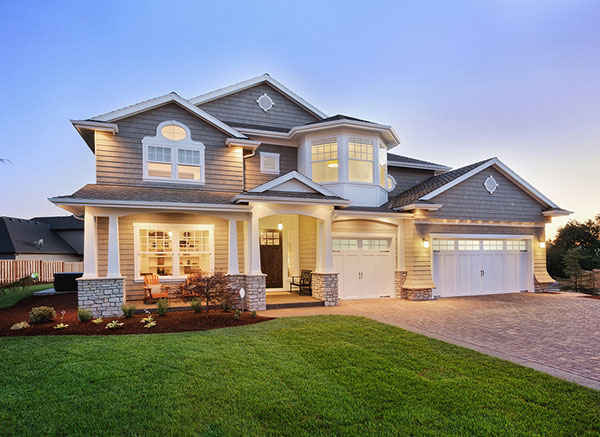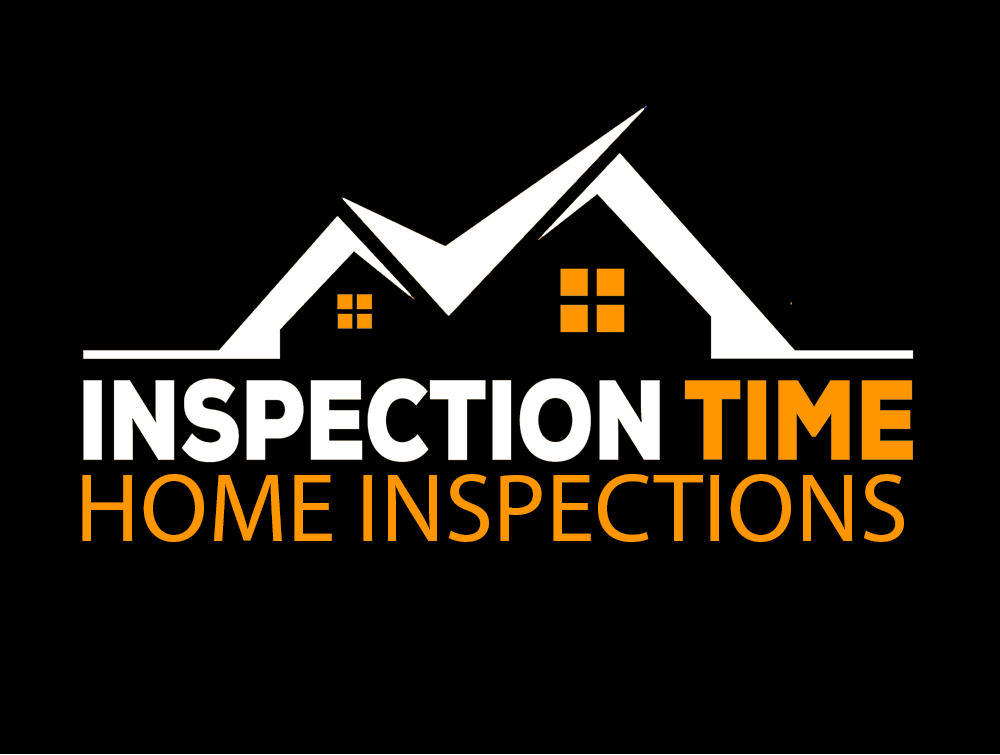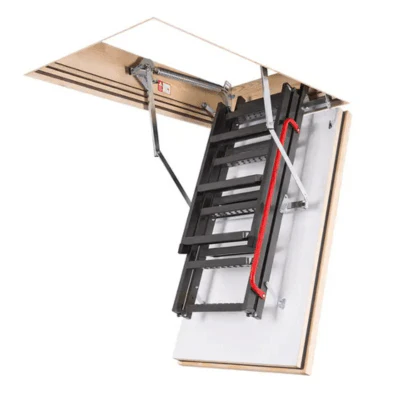You won’t believe how many of these Overlooked Problems in Home Inspections go unnoticed—until it’s too late.
As you navigate the home inspection process, be aware of the Overlooked Problems in Home Inspections that can arise.
Let’s be real: most home inspections feel like a whirlwind. Your inspector is climbing roofs, peeking into attics, probing electrical panels… and by the time the report lands in your inbox, you’re bracing for pages of problems.
It’s crucial to understand the Overlooked Problems in Home Inspections that might not be immediately visible.
But here’s the kicker: some of the most important problems don’t even make the list.
Being informed about these Overlooked Problems in Home Inspections can dramatically reduce future repair costs.
Understanding these overlooked problems in home inspections helps you prepare effectively.
That’s right. Not because your inspector isn’t thorough—but because some issues are easily missed, misunderstood, or masked by surface-level appearances. And these hidden or overlooked items? They can cost homeowners big time later.
Let’s further explore these Overlooked Problems in Home Inspections that often go unchecked.
Understanding these Overlooked Problems in Home Inspections can save you from costly repairs down the line.

These grading issues are common overlooked problems in home inspections.
Let’s dive into the most frequently overlooked home inspection problems—so you know what to ask, where to look, and how to stay ahead.
Understanding Overlooked Problems in Home Inspections
1. Grading and Drainage Issues
Identifying overlooked problems in home inspections in the HVAC system can prevent future issues.
Think water only leaks through roofs or pipes? Think again.
Improper grading (aka the slope of the land around your house) can quietly wreak havoc on your foundation. When water doesn’t drain away from the home, it pools around the slab or crawlspace, seeps into basements, and can even lead to structural shifting.
📌 Why it’s overlooked: Grading looks “fine” on dry days, and standing water may not be present during the inspection.
🔍 What to do: Ask your inspector specifically about slope and soil drainage—especially if there’s no visible gutter system.
Undersized HVAC systems are also among the overlooked problems in home inspections.
2. Attic Ventilation Problems
Attics are often dark, cramped, and hot—which makes them easy to gloss over. But poor attic ventilation can cause moisture buildup, mold growth, wood rot, and shortened roof life.
And if you live in a humid or hot climate? It’s even more critical.
📌 Why it’s overlooked: Unless there are visible signs of damage, inspectors may not test airflow or measure temperature related to overlooked problems in home inspections.
🔍 What to do: Ask if the attic has both intake and exhaust vents, and whether they’re functioning properly. Look out for musty smells, rusted nails, or mold spots.
3. Undersized HVAC Systems
Sure, the A/C might “kick on,” but is it properly sized for the home?
Many homeowners and even builders install HVAC systems based on guesswork or outdated specs. An undersized system won’t efficiently cool or heat your space—and will wear out faster from constant strain.
📌 Why it’s overlooked: The unit works fine during a quick test, especially if the weather is mild.
🔍 What to do: Ask your inspector to check if the HVAC is properly sized based on square footage, insulation, and window exposure. A qualified HVAC pro can verify this too.
Aluminum wiring is one of the most critical overlooked problems in home inspections that can lead to safety hazards.
4. Hidden Water Leaks Under Sinks & Behind Toilets
Most inspectors run faucets, flush toilets, and check visible plumbing—but subtle leaks often go unnoticed, especially slow leaks behind walls or beneath cabinetry.
Over time, these can cause rot, mold, and costly damage to cabinetry and framing.
Garage door safety features must not be overlooked; these problems in home inspections often go unnoticed.
📌 Why it’s overlooked: Water doesn’t drip right away, or plumbing is blocked by items in cabinets.
🔍 What to do: Check beneath all sinks yourself for moisture rings, staining, warped wood, or moldy smells. Ask the seller if any slow leaks have been repaired.
Self-leveling pool fill valves can conceal overlooked problems in home inspections, including leaks.
5. Aluminum Wiring (or Other Outdated Materials)
Homes built in the ‘60s and ‘70s may have aluminum wiring, which is a known fire hazard. It expands and contracts, loosens at connections, and corrodes over time. Many insurance companies won’t cover homes with it.
In conclusion, be vigilant about the overlooked problems in home inspections to protect your investment.
📌 Why it’s overlooked: If only part of the home has aluminum wiring, it’s easy to miss unless the panel is pulled or a specific outlet is tested.
🔍 What to do: Ask your inspector directly: “Does this home have any aluminum or knob-and-tube wiring?”
6. Garage Door Safety Features
Yes, even your garage door has a safety checklist. One common issue: photoelectric eye sensors mounted too high or not working at all. These should detect people or pets and auto-reverse the door if obstructed.
📌 Why it’s overlooked: The opener works fine—so most buyers assume all is well.
🔍 What to do: Test the sensors by placing an object in the path of the door. If it doesn’t reverse, it needs adjustment or replacement.
7. Self-Leveling Pool Fill Valves & Water Loss
If the home has a pool, check this: Is the pool self-leveling? If so, it may be masking a slow leak that would otherwise show as a drop in water level.
📌 Why it’s overlooked: A perfectly full pool might actually be compensating for an underground leak.
🔍 What to do: Turn off the self-leveler (or ask the seller to) and monitor water levels. Consider hiring a pool inspector for confirmation.
Final Thoughts: What You Don’t See Can Cost You
A home inspection is only as powerful as the questions you ask and the details you don’t ignore, especially regarding the overlooked problems in home inspections. These overlooked issues aren’t just minor annoyances—they can become major repair bills down the road.
✅ Use this guide to ask better questions during your inspection.
✅ Don’t be afraid to bring in specialists if needed.
✅ And always review your inspection report with a critical eye.
You’re not just buying a house—you’re investing in peace of mind.
SHARE THIS POST with someone who’s house hunting right now—you might save them thousands (and a lot of regret).



